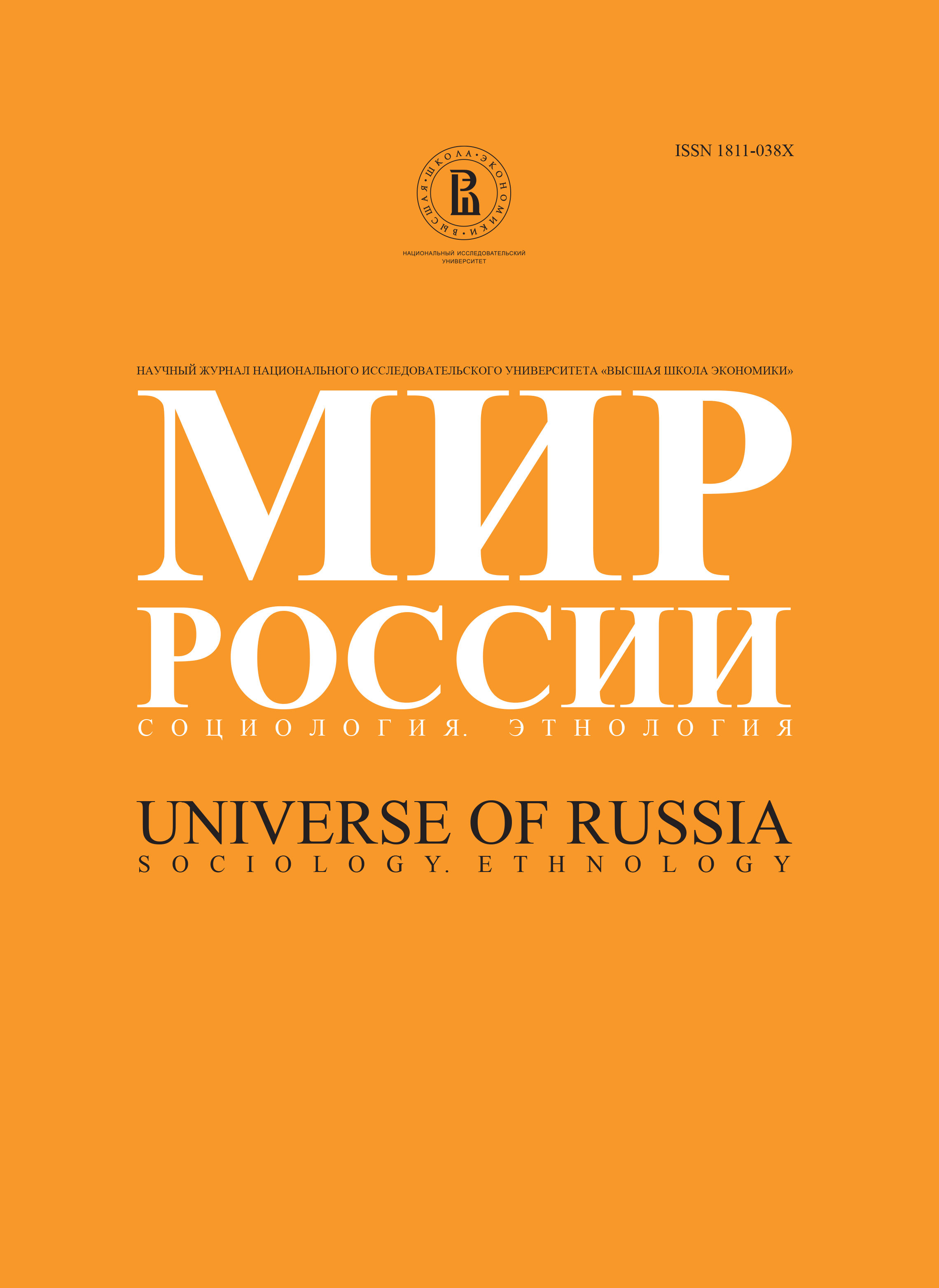Analysis of Reproduction of Three Components of Social Status
Abstract
This paper analyzes the problem of reproduction of an individual’s social status. The center of the analysis is the study of reproduction of different forms of capital (economic, cultural and human) as components of social status during his occupational path. The author refers to the Marxist tradition of social reproduction analysis. The empirical data for the research was provided by the all-Russian representative survey, carried out under the guidance of O. Shkaratan in 2002.We relied on the concept of social reproduction, the basics of which were initially outlined in the works of Marx. The Marxist approach was quite popular in Soviet sociology and many works have been devoted to the analysis of social structure using the concept of classes in the end of 1970s and the beginning of 1980s. Today this approach is not widely accepted among Russian sociologists, though during the past years one could mark a significantly growing interest to a Marxist concept among Western researchers [Grusky, Weden 2001; Goldthorpe 2000, Goldthorpe 2002; Therborn 2002; Sorensen 2000; Birkelun 2002].
In this paper a generational method for the analysis of social mobility and social reproduction was used. It is one of the major instruments which allow the assessment of dynamics of the processes observed and the analysis of changes, which emerge in the system of individual social statuses. This approach implicates the analysis of generations as social groups, associated by similar historical and cultural heritage, which formed as a result of similar social experience, similar path and conditions of socialization.
Relating to the research of social mobility and social reproduction a cohort method of defining generations proves to be the most efficient. This approach implies that associations are determined through exact age. The analysis of these generations allows to describe social process on different stages of social development and the dynamics of its development.
We were interested by the changes in the structure of social and economics bonds and status features, which were determined by the large-scale transformation processes of the end of 1980s. Three separate generations were found and analyzed to assess the success of the reproduction of three determinants of their social status (Sixtiers, transitional generation and the generation of managers).






